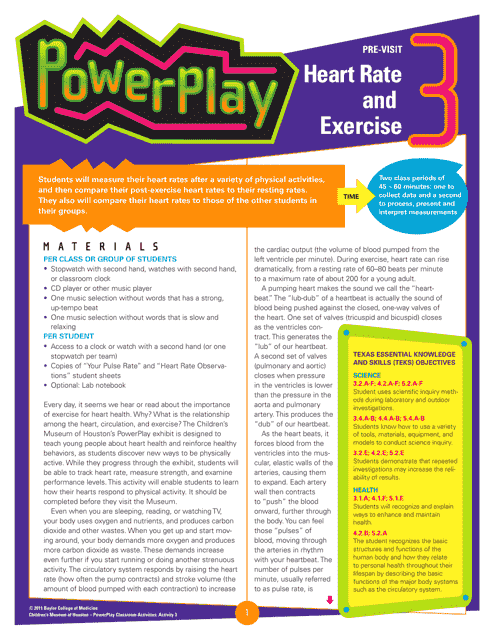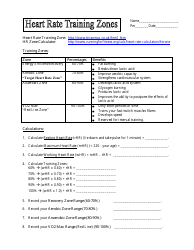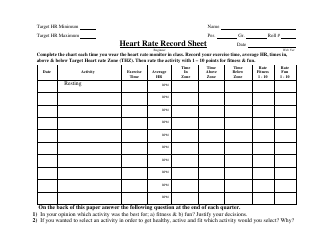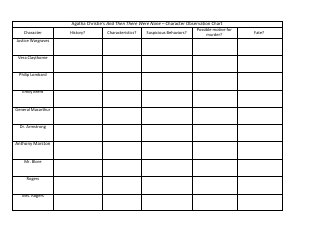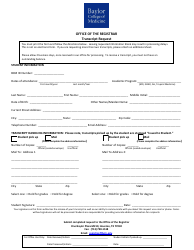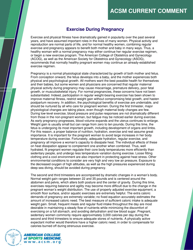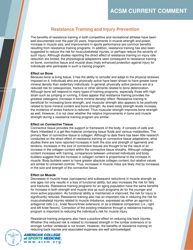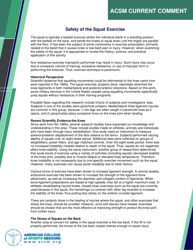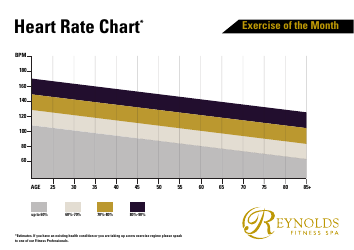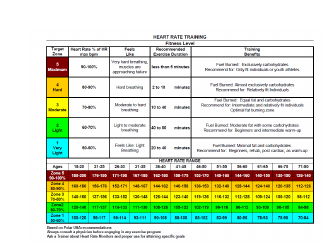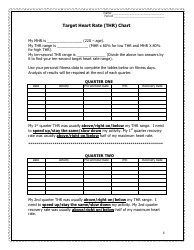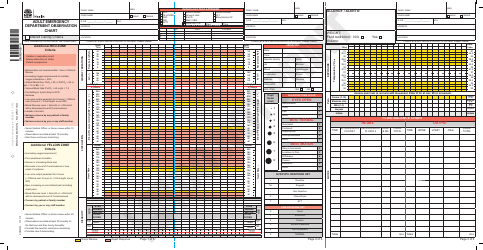Heart Pulse Rate Observation Chart - Baylor College of Medicine
The Heart Pulse Rate Observation Chart from Baylor College of Medicine is used to monitor and document a person's heart rate over a certain period of time. It can be used by medical professionals to track changes in heart rate and identify any potential heart-related issues.
FAQ
Q: What is a heart pulse rate?
A: Heart pulse rate is the number of times your heart beats per minute.
Q: Why is it important to observe heart pulse rate?
A: Observing heart pulse rate helps to monitor heart health and detect any abnormalities.
Q: How can I measure my heart pulse rate?
A: You can measure your heart pulse rate by feeling your pulse at your wrist or neck and counting the beats for one minute.
Q: What is a normal heart pulse rate for adults?
A: A normal heart pulse rate for adults is typically between 60 and 100 beats per minute.
Q: What factors can affect heart pulse rate?
A: Factors that can affect heart pulse rate include physical activity, emotions, medications, and overall health.
Q: What should I do if my heart pulse rate is too high or too low?
A: If your heart pulse rate is consistently too high or too low, you should consult with a healthcare professional to determine the cause and appropriate treatment.
Q: Can I improve my heart pulse rate through exercise?
A: Regular exercise can help improve heart pulse rate by making your heart stronger and more efficient.
Q: Can certain medical conditions affect heart pulse rate?
A: Yes, certain medical conditions such as heart disease, thyroid disorders, and respiratory issues can affect heart pulse rate.
Q: How often should I monitor my heart pulse rate?
A: It is recommended to monitor your heart pulse rate regularly, especially during exercise or if you have a history of heart problems.
Q: What are some signs and symptoms of an abnormally high heart pulse rate?
A: Signs and symptoms of an abnormally high heart pulse rate may include palpitations, shortness of breath, dizziness, and chest pain.
